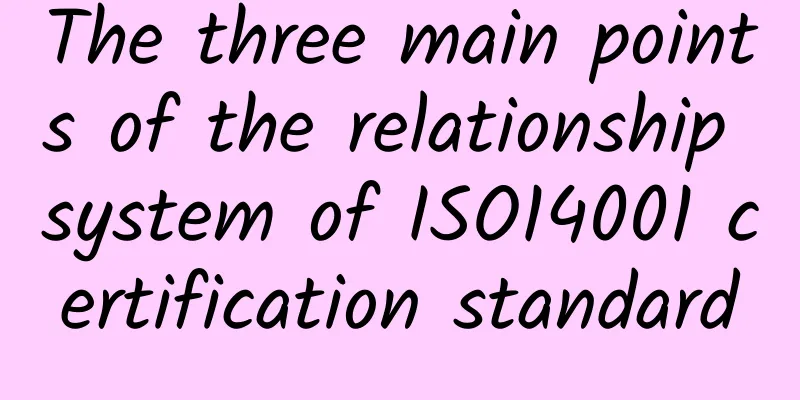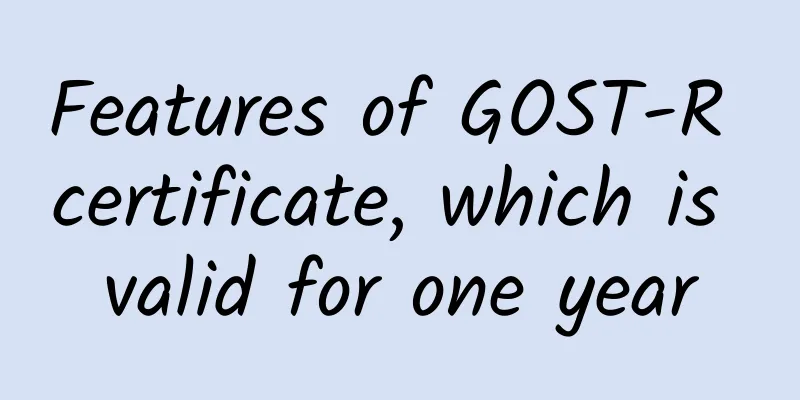BSCI operates according to the following principles

|
The ultimate goal of BSCI is to improve working conditions in global supply chains. This goal can only be achieved through the strong commitment of participants to implement the system. BSCI operates according to the following principles: |
<<: Questions about BSCI certification
Recommend
The latest "Implementation Rules for Organic Product Certification"
The latest "Implementation Rules for Organic...
What is Tao Data? What are the functions of Tao Data?
Tao Data is a platform that provides data query a...
What is GoDaddy? What is GoDaddy's main business?
What is GoDaddy? GoDaddy is an American company t...
How is Qibang International? What services does Qibang International provide?
How about Qibang International? Qibang Internatio...
What is Jet? What are the characteristics of Jet?
Jet is a retail platform that sells products at t...
Characteristics of ISO22000 system standards
What are the characteristics of ISO22000 system s...
What is Anker Innovations? What brands does Anker Innovations have?
Anker Innovations Technology Co., Ltd. was founde...
Important issues in Adidas factory inspection
1. Legality of the company: Guests can verify whe...
What is OCS certification? Development trend of organic content standards
Recently, the American non-profit organization Te...
GRS factory audit checklist company documents
The contents of the relevant company documents in...
Xpress Lister--eBay bulk listing tool
What is Xpress Lister? Xpress Lister is eBay'...
VAT cross-border finance and taxation: How to register a German VAT account?
Why do we need to apply for VAT? According to the...
What is Luxury Promise, which allows you to buy and sell properties from home? What is the operating model of Luxury Promise?
What is Luxurypromise? Luxurypromise is a second-...
What is ReviewMeta? What does ReviewMeta do?
What is ReviewMeta? ReviewMeta is a tool that ana...
What is Dreamstime? What content does Dreamstime have?
Dreamstime is a photo design material website tha...









